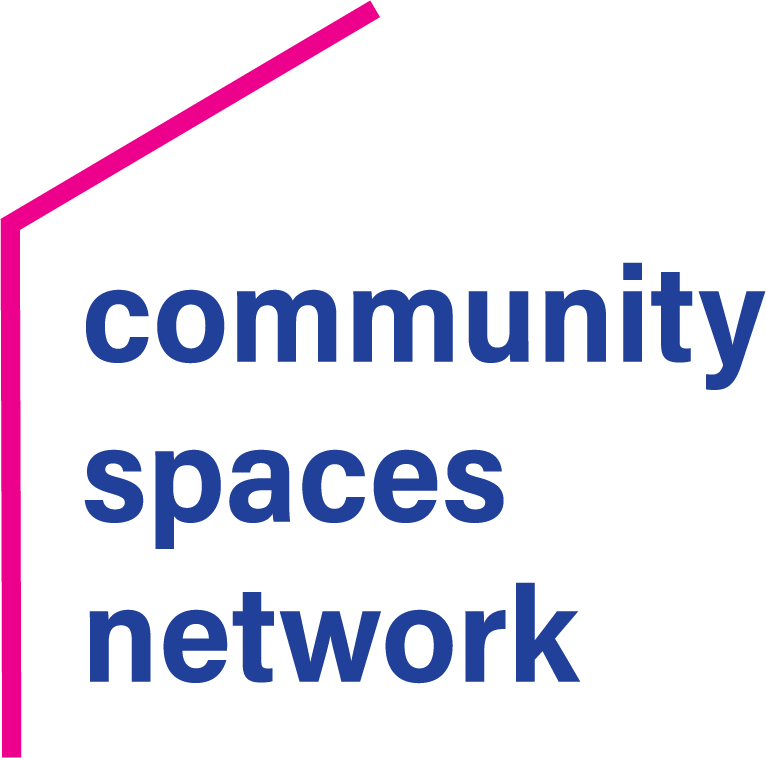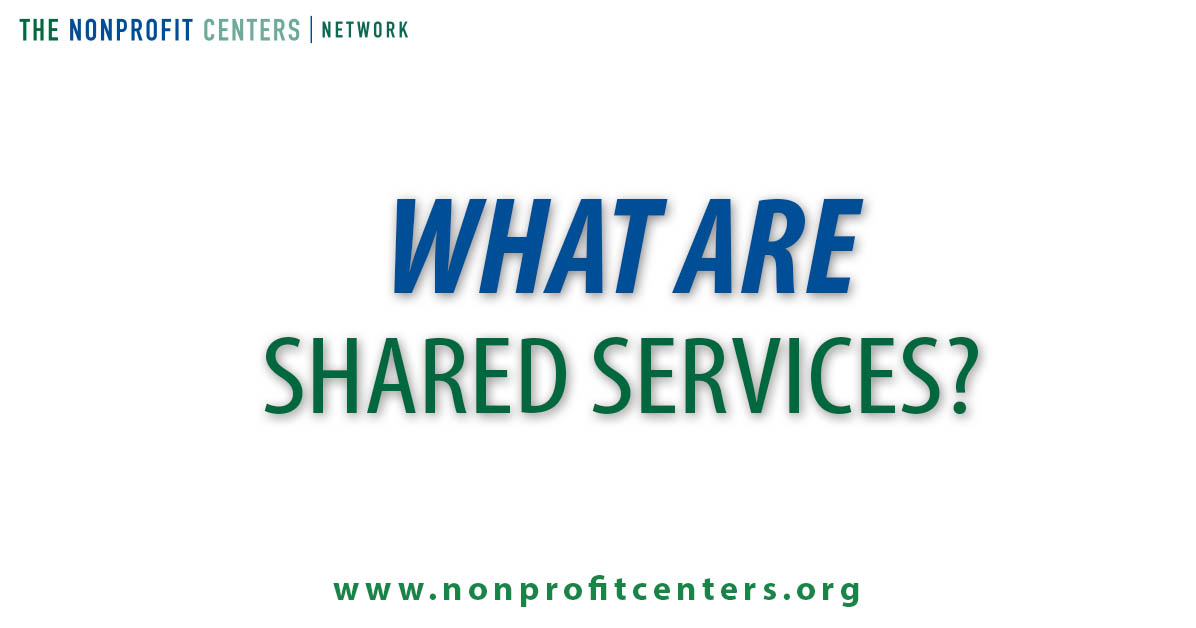This week the Nonprofit Centers Network team is busy preparing for the publication of Rethinking Overhead, our new resource for nonprofit leaders who want to share services.
What are shared services? At the Nonprofit Centers Network, we describe shared services as being developed by two or more nonprofit organizations that collaborate to jointly access the time and expertise of contractors, employees or fiscal sponsors to create positive impacts for their operations and their communities.
This might be overkill but I’d like to take some time to break this down.
“At the Nonprofit Centers Network, we describe…” I know, super anal to start here but it’s important to know:
1) This description is based on our expertise and experience working with members and organizations to explore shared services and other collaborative concepts; and,
2) This is a description and not a definition because nonprofit practitioners, academics and service providers use the term “shared services” in different ways for different purposes. There is no consensus about the definition.
“Two or more nonprofit organizations collaborate…” because shared services require sharing. We believe this is what makes shared services different from outsourcing. With outsourcing, one organization obtains services from an external service provider. Organizations that share services do outsource and, at the same time, also work together for mutual gain. Shared services = outsourcing + collaboration.
Organizations that share services “jointly access the time and expertise of contractors, employees or fiscal sponsors…” There are many ways to structure and access shared services. We see examples where shared services are provided by contracted consultants or service organizations; by employees with extra capacity; or, by organizations that offer fiscal sponsorship services.
Nonprofit shared services, “create positive impacts for [organizations’] operations and communities.” Why? Because organizations that participate in shared services benefit from access to specific services AND from collaboration, which creates opportunities to:
- Strengthen a social purpose or community
- Build organizational capacity
- Foster trust and collaboration, and
- Reduce risks.
I hope this blog post helps to clarify not only how NCN describes shared services but also why we are so interested in the topic. And please stay tuned for the upcoming release of NCN’s Rethinking Overhead series, which will provide more information about shared service strategies, case studies, discussion questions and video interviews with shared service participants.

